1. It Wasn’t an Explosion in the Traditional Sense
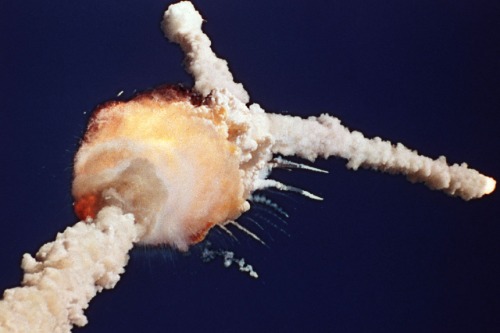
Despite how it looked, the Challenger didn’t technically “explode.” Instead, it disintegrated after a structural failure in the external fuel tank. The resulting fireball was from hydrogen and oxygen mixing as the spacecraft broke apart, creating the horrifying image etched into our memories.
2. The Challenger Disaster Was Broadcast Live to Millions
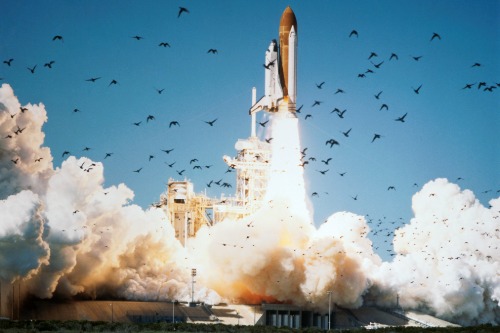
One of the most heartbreaking aspects of the Challenger disaster is that it was witnessed live by millions, including schoolchildren. NASA had heavily publicized the launch because teacher Christa McAuliffe was onboard. Families gathered around TVs, turning a national triumph into a national tragedy.
3. The Disaster Was Caused by a Faulty O-Ring
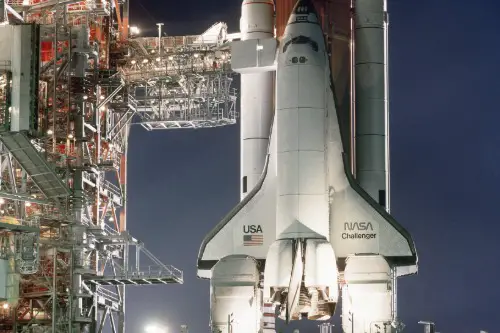
A small, overlooked rubber seal—the O-ring—failed to hold up under unusually cold temperatures that morning. This tiny component couldn’t withstand the stress of launch, allowing hot gas to escape and ultimately destroying the shuttle. It’s a haunting reminder of how the smallest details can have catastrophic consequences.
4. Engineers Had Warned About the Risks
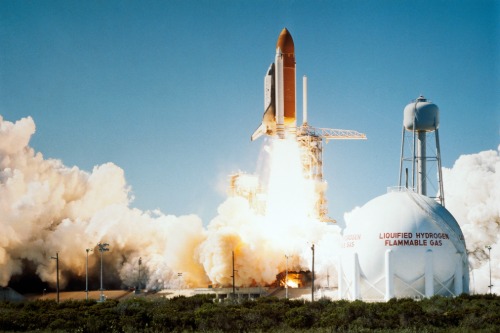
Shockingly, some engineers had raised red flags about launching on that chilly January day. They argued that the cold weather might compromise the O-rings but were ultimately overruled by NASA management. The decision to launch was a fatal one.
5. The Crew Survived the Initial Breakup
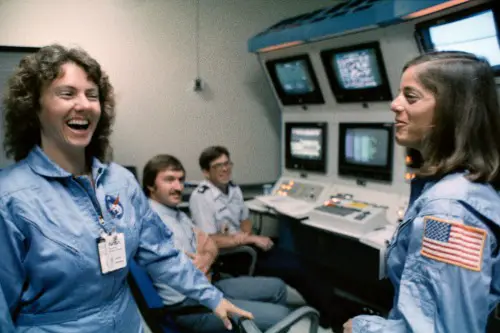
One of the most gut-wrenching facts is that the Challenger’s crew cabin remained intact during the breakup. Evidence suggests that the crew was alive, and possibly conscious, during the two-minute fall into the ocean. The impact, not the disintegration, caused their deaths.
6. NASA’s Culture of Pressure Played a Role
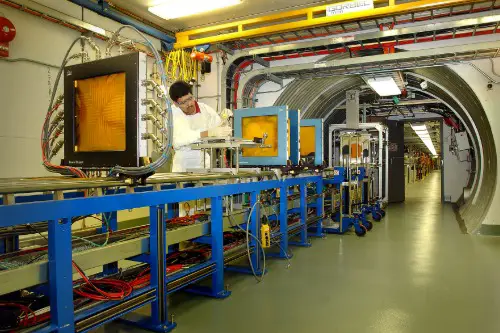
NASA was under intense pressure to maintain an ambitious launch schedule to meet public and political expectations. The Challenger flight was part of this schedule, and delays were seen as failures. This “go fever” mentality overruled concerns about safety.
7. It Wasn’t the Coldest Launch Day—But It Was Close
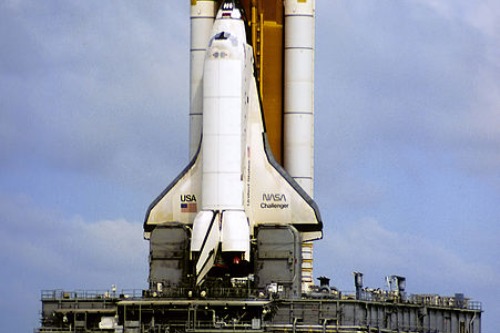
While it wasn’t the absolute coldest day in Cape Canaveral’s history, temperatures on the morning of January 28, 1986, were dangerously low for equipment designed to operate in more temperate conditions. Ice was visible on the shuttle, yet the launch still proceeded.
8. Christa McAuliffe’s Involvement Was a First
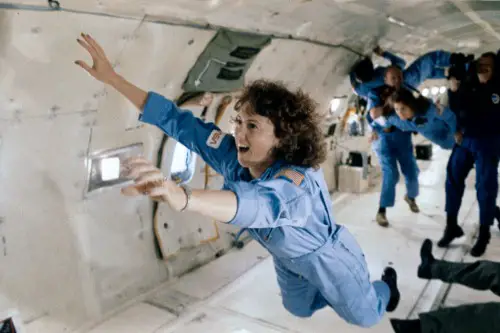
Christa McAuliffe, a high school teacher, was chosen as the first civilian to fly into space as part of NASA’s Teacher in Space program. Her presence made the mission more relatable to everyday people, deepening the emotional impact of the tragedy.
9. The Disaster Was a Turning Point for NASA

The Challenger disaster forced NASA to completely overhaul its approach to safety. The Rogers Commission, which investigated the accident, exposed the agency’s flawed decision-making processes and lack of communication. This led to stricter safety protocols for future missions.
10. It Delayed Space Exploration for Nearly Three Years

After the disaster, NASA grounded all shuttle flights for nearly three years. This halt disrupted countless missions, underscoring just how central the shuttle program was to space exploration at the time.
11. The Challenger Crew Included NASA’s First Asian-American Astronaut
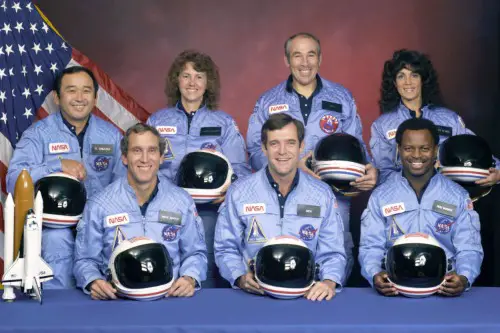
Ellison Onizuka, one of the Challenger crew members, was a trailblazer. He was the first Asian-American astronaut, inspiring many in the Asian-American community. His loss was a profound blow to NASA’s efforts to promote diversity.
12. There Were 17 Delays Before the Fatal Launch
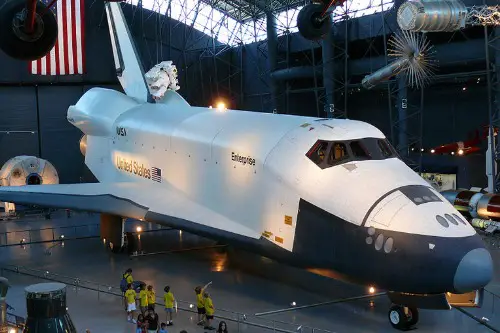
The Challenger’s flight had already been delayed 17 times, adding to the immense pressure to launch. Some of these delays were due to technical issues, while others stemmed from weather conditions. The mounting postponements contributed to NASA’s risky decision-making.
13. Debris Recovery Took Months
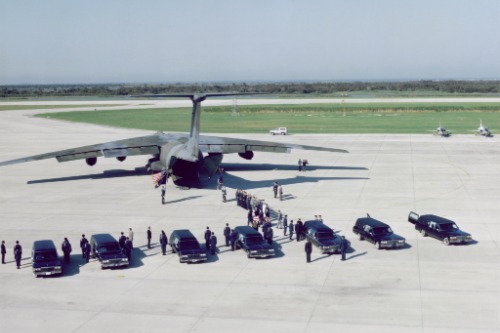
After the disaster, a massive recovery operation ensued to retrieve parts of the shuttle from the Atlantic Ocean. It wasn’t until April 1986, nearly three months later, that NASA recovered the crew compartment, bringing some answers to the tragedy.
14. The Challenger Name Lives On in Education
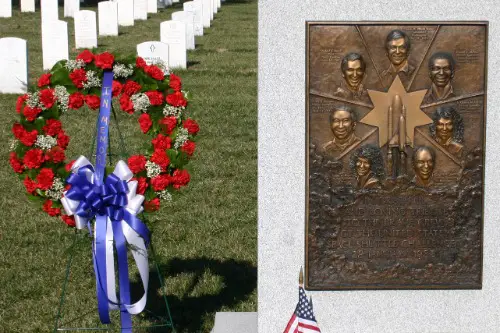
In the wake of the tragedy, Challenger Centers for Space Science Education were established across the U.S. These centers honor the crew’s legacy by inspiring students to explore science, technology, engineering, and math (STEM).
15. The Tragedy United a Nation in Mourning
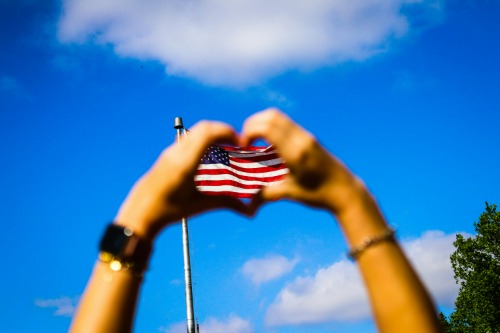
The Challenger disaster was one of those rare moments when the entire nation paused. People from all walks of life grieved together, from schoolchildren who had admired Christa McAuliffe to seasoned engineers who understood the complexity of space travel.
This heartbreaking disaster remains a stark reminder of the inherent risks of space exploration, and the resilience of those who dare to push humanity’s boundaries.


